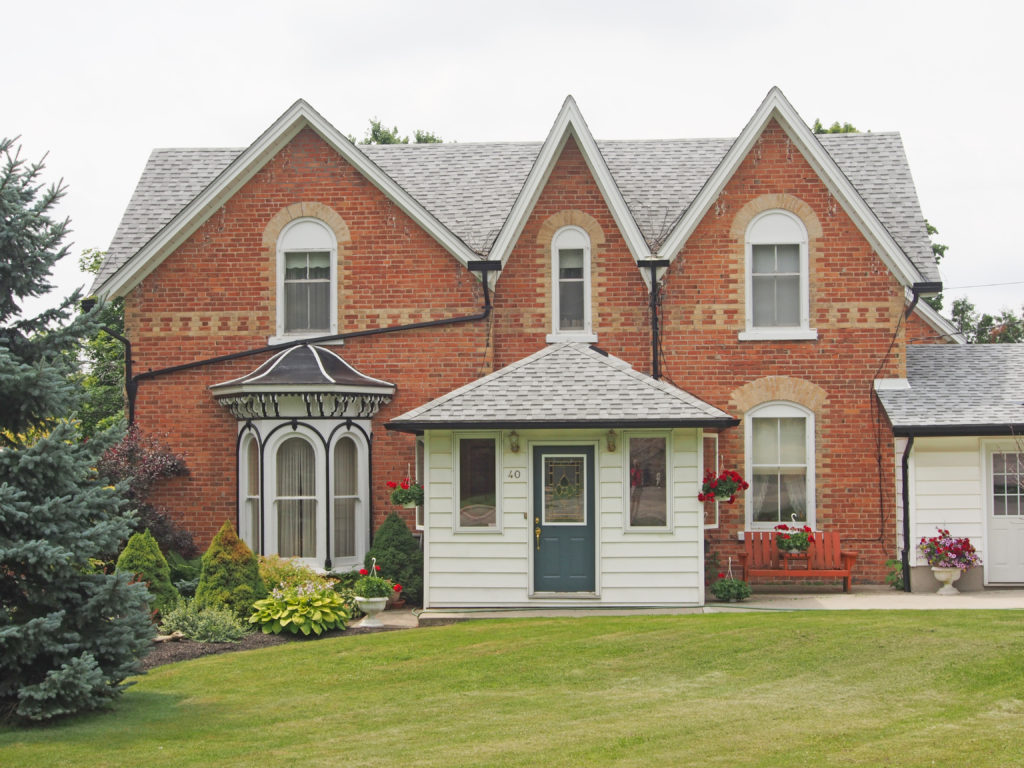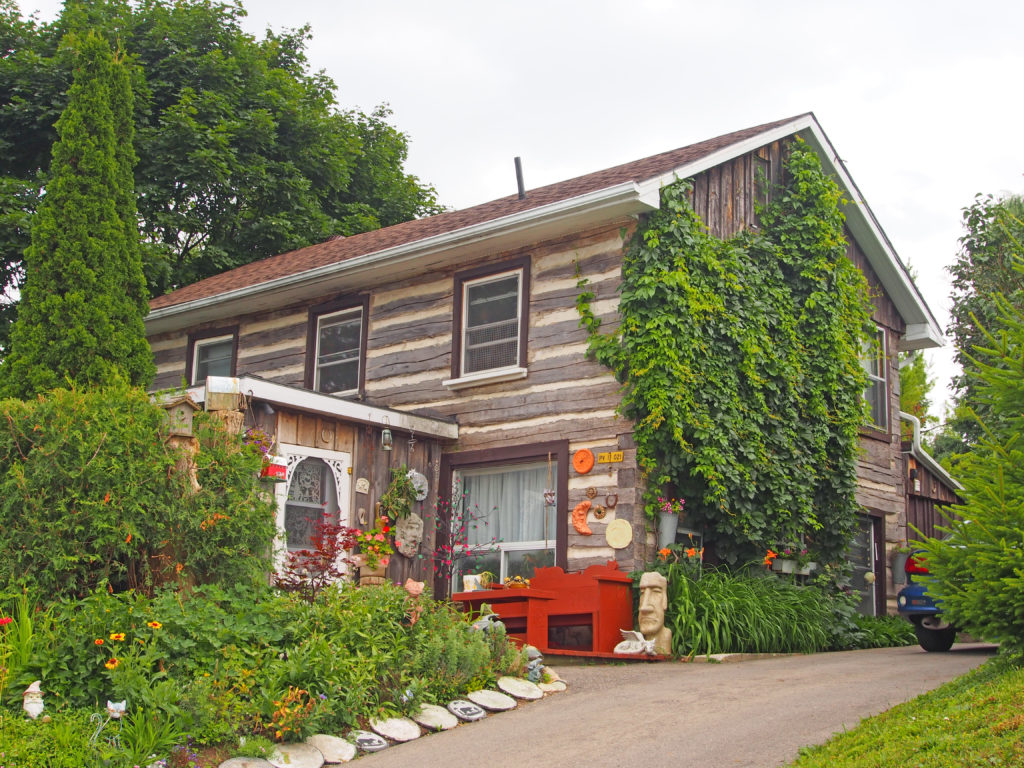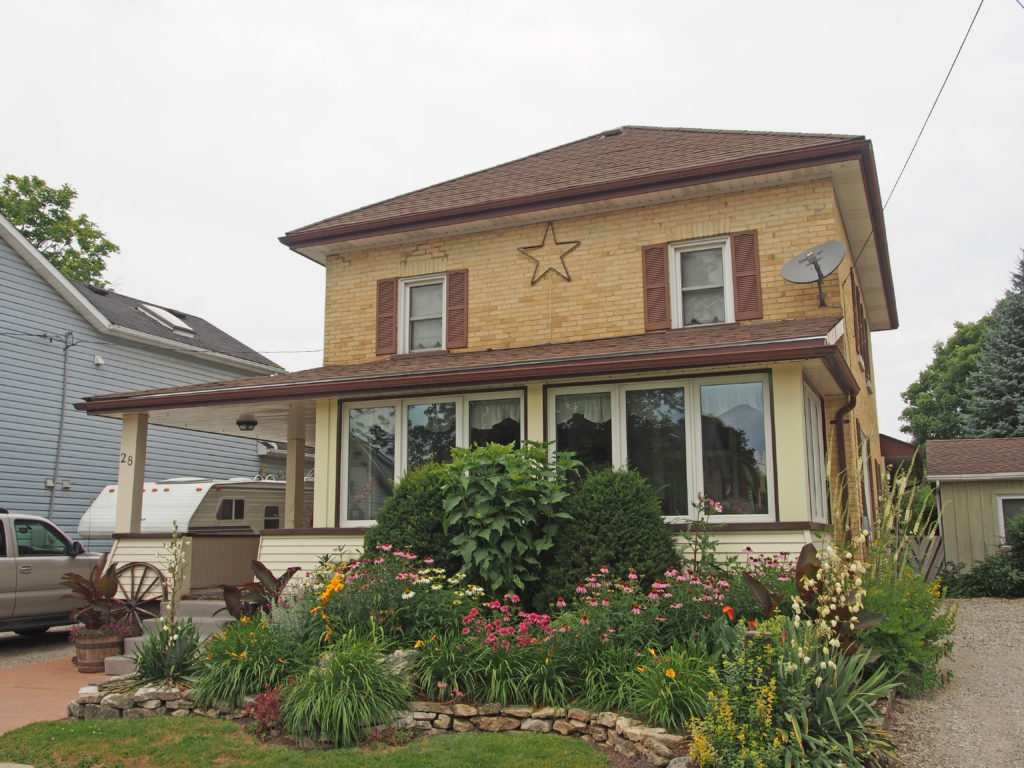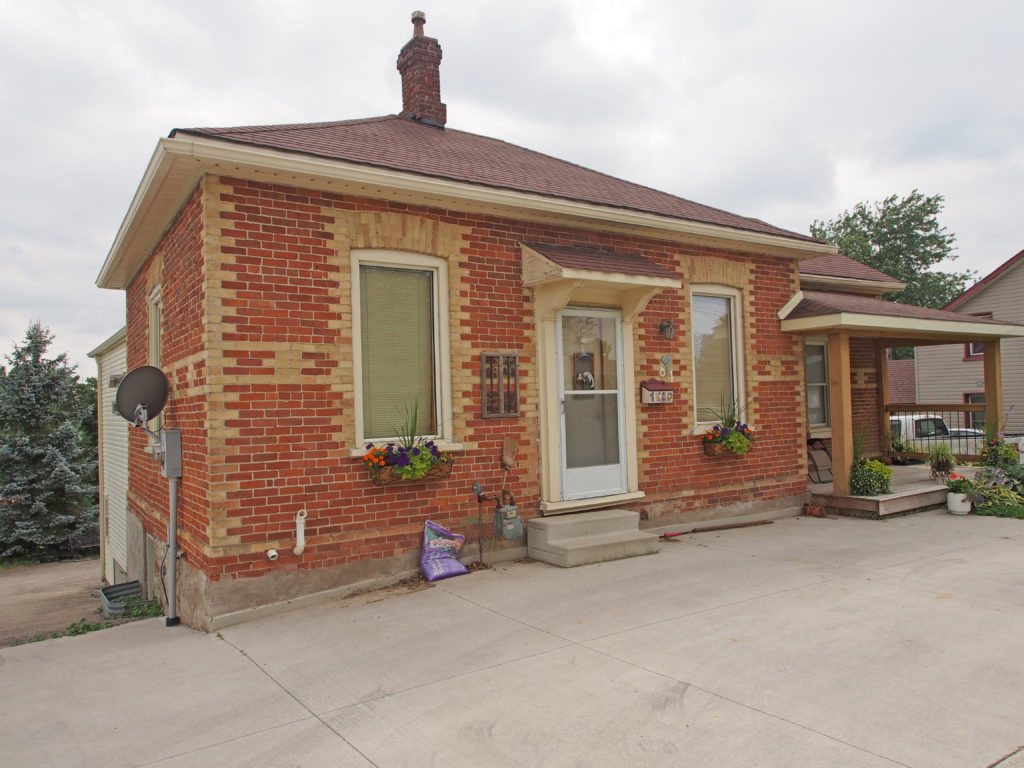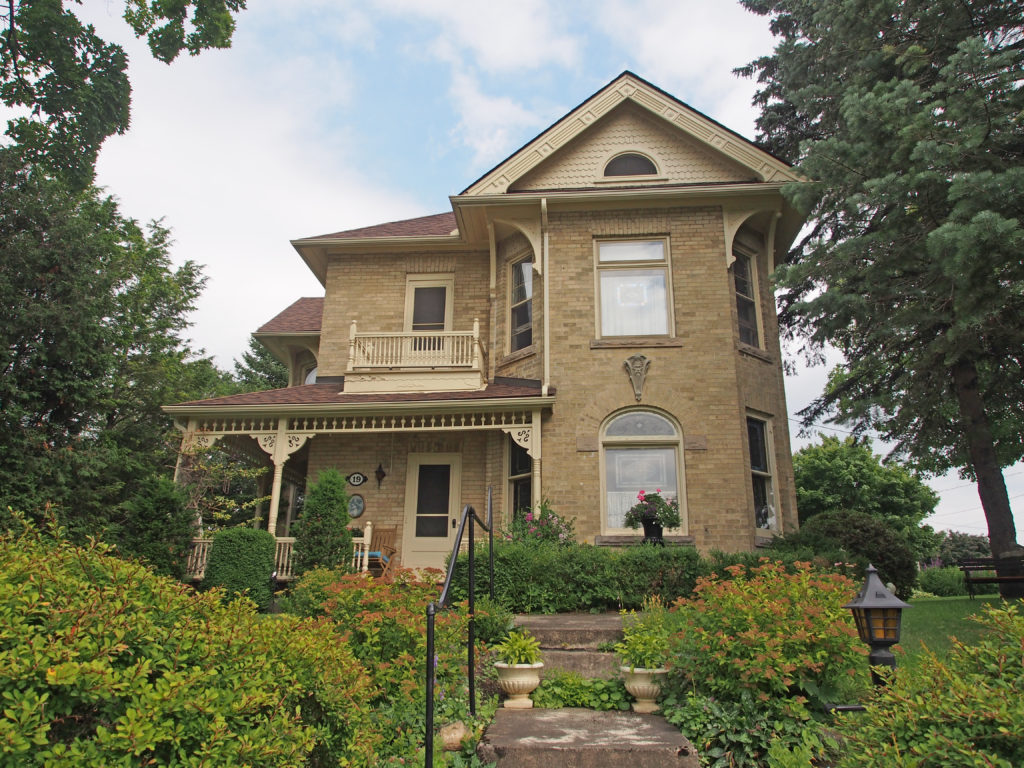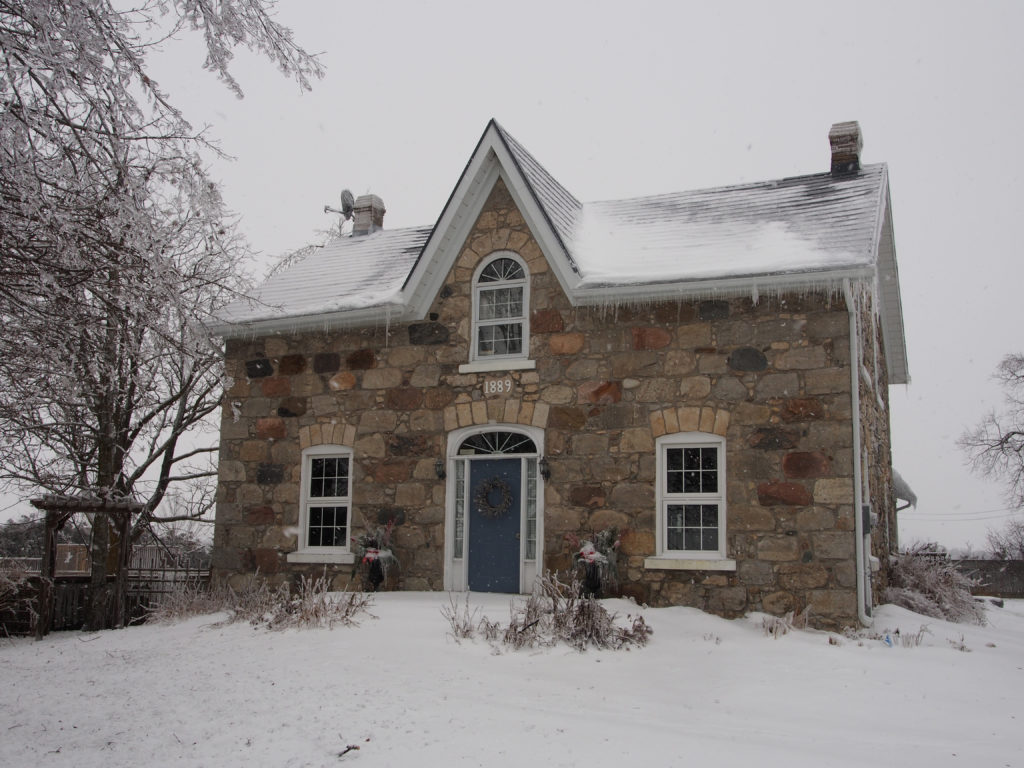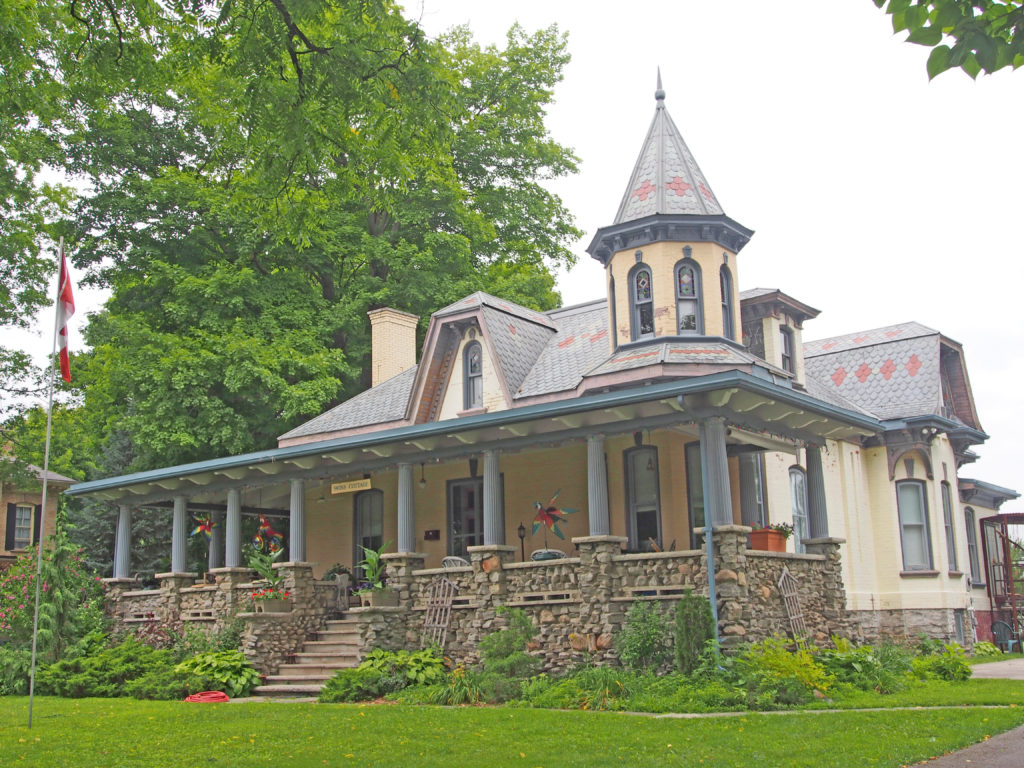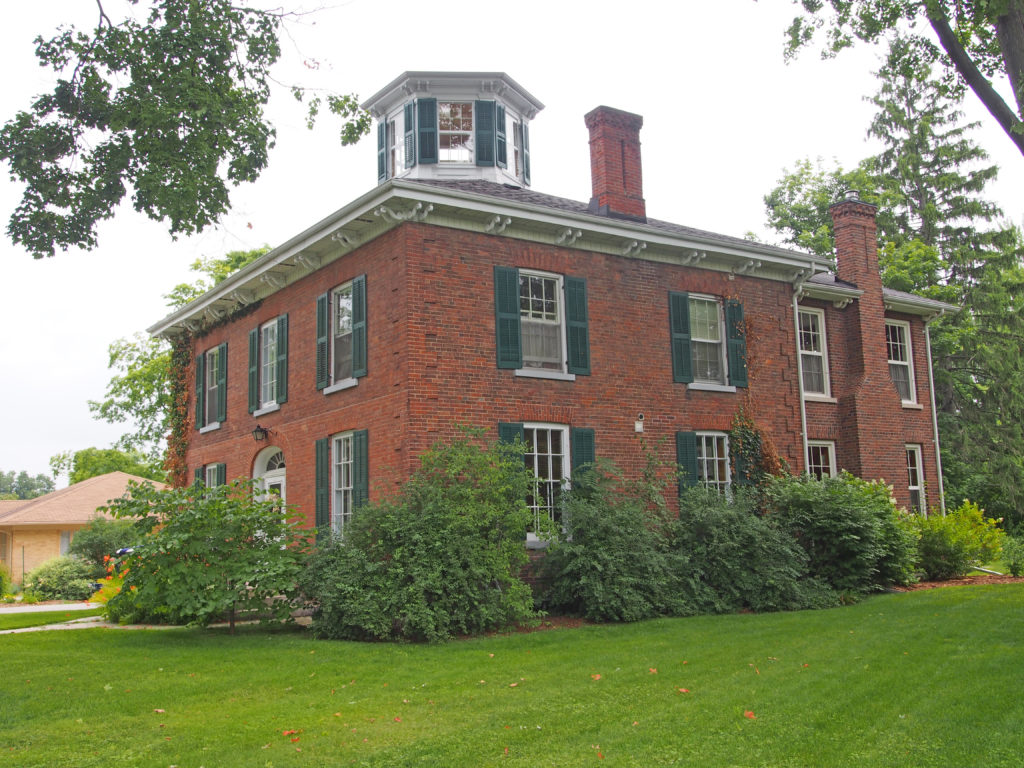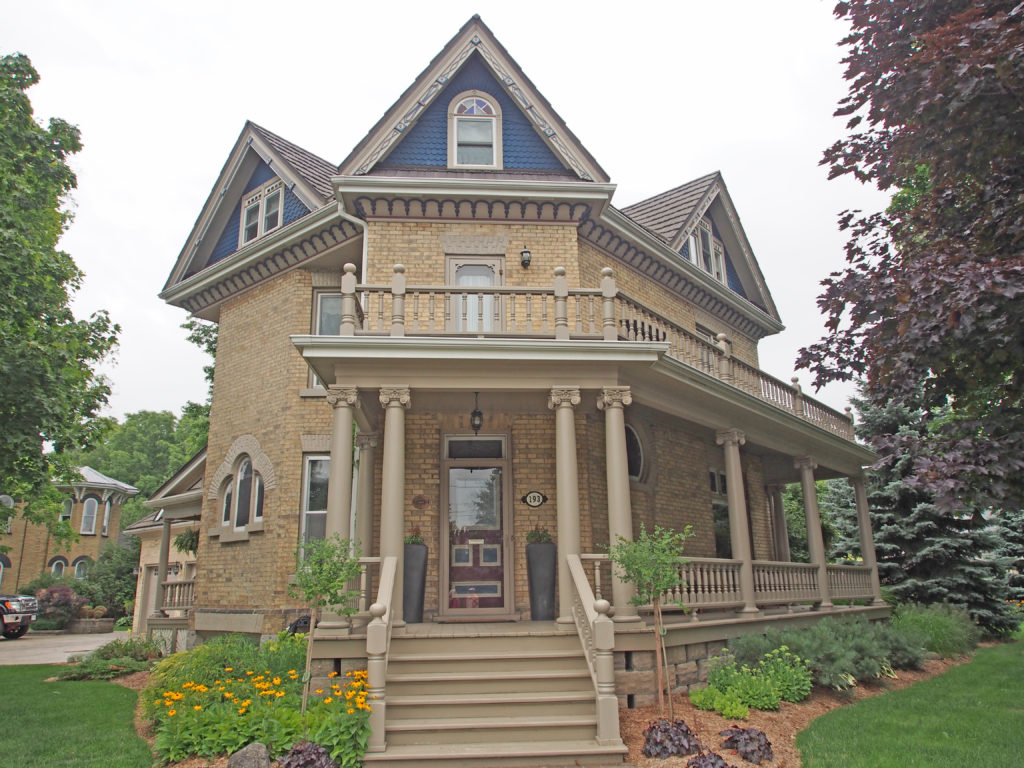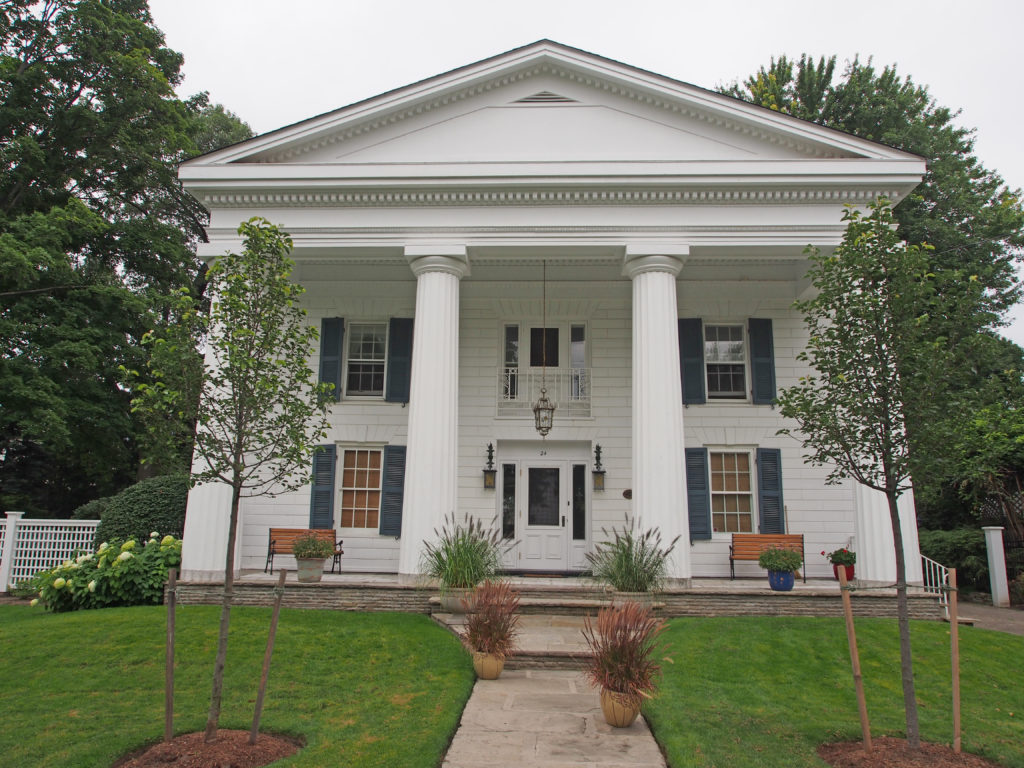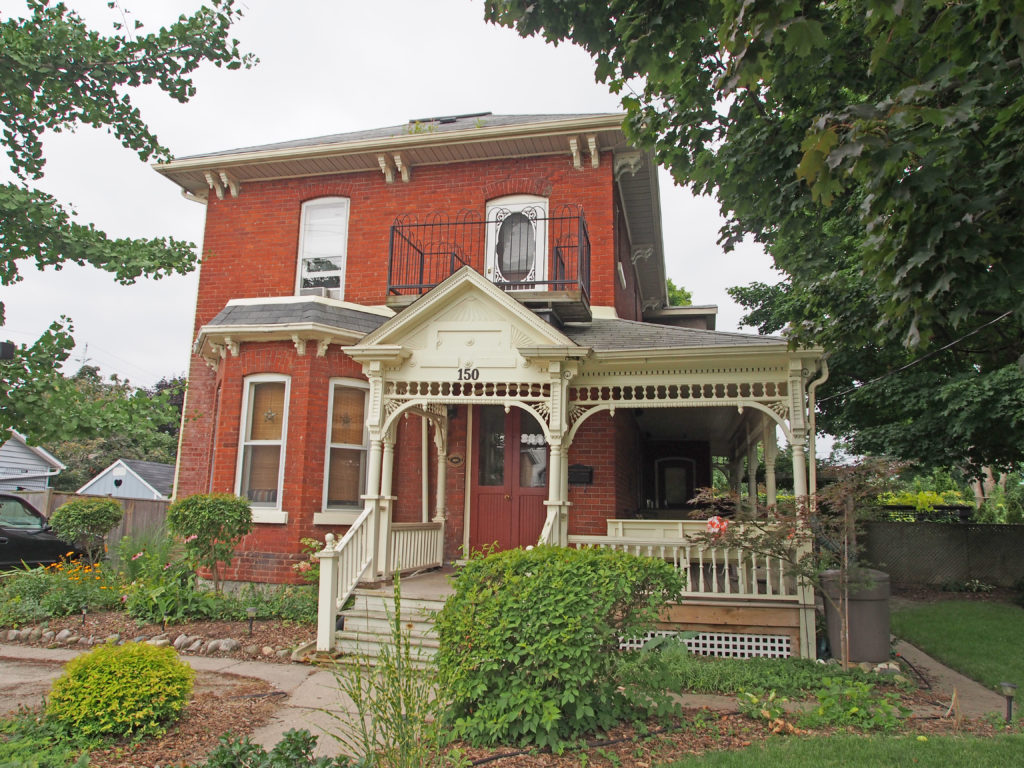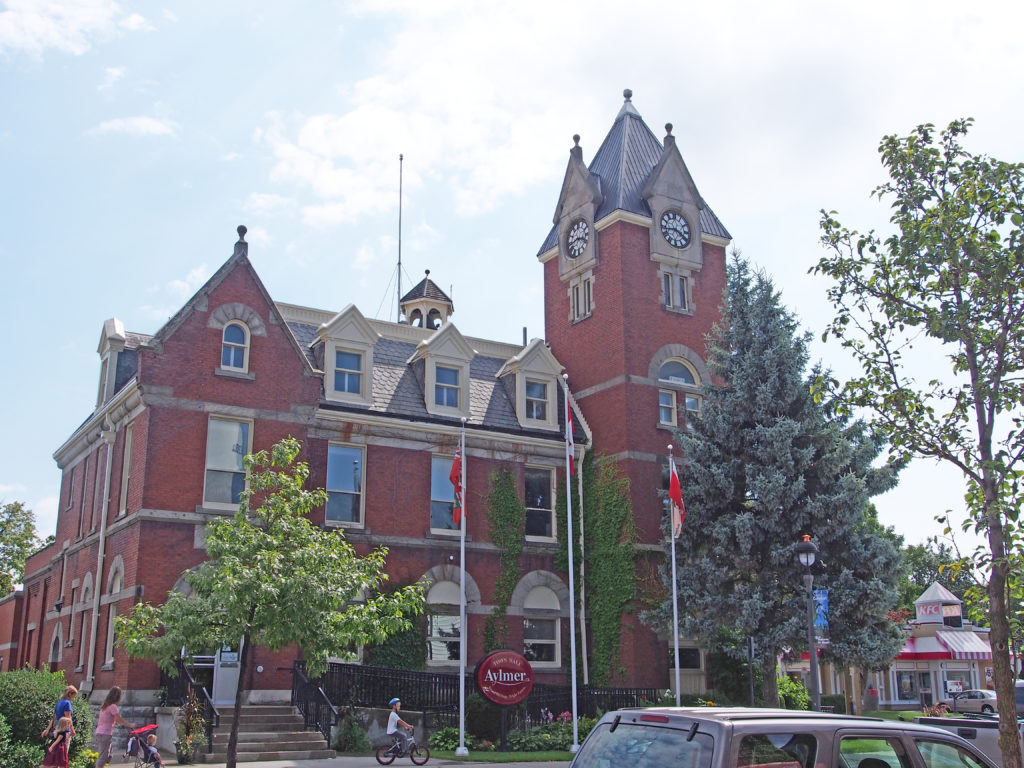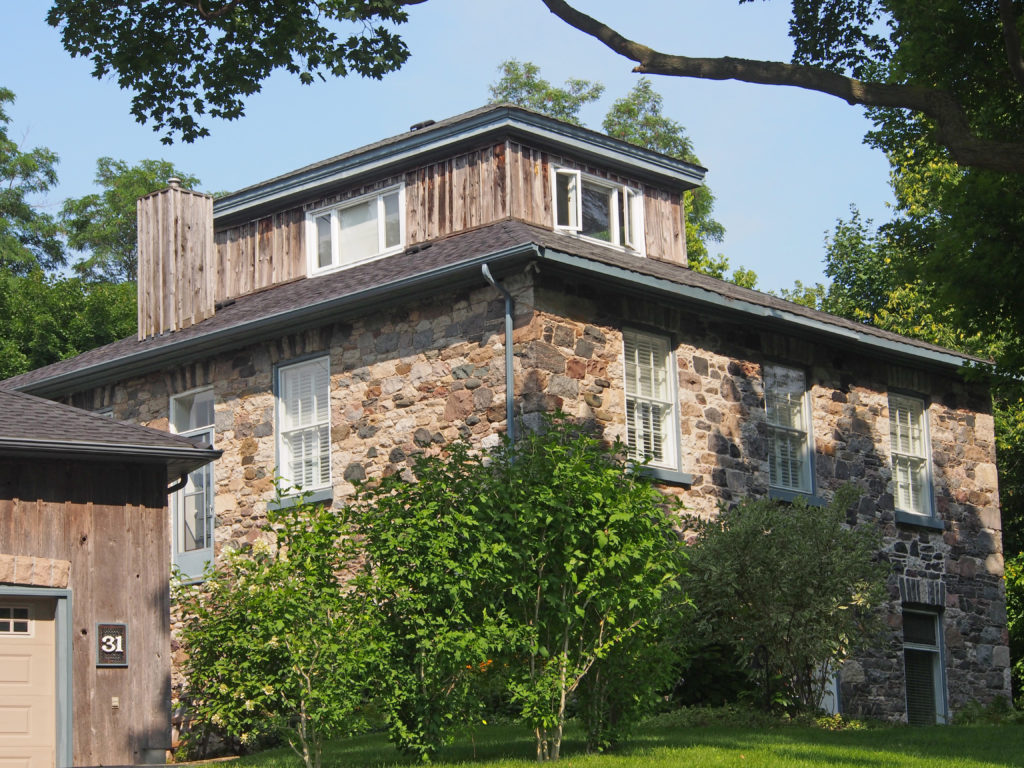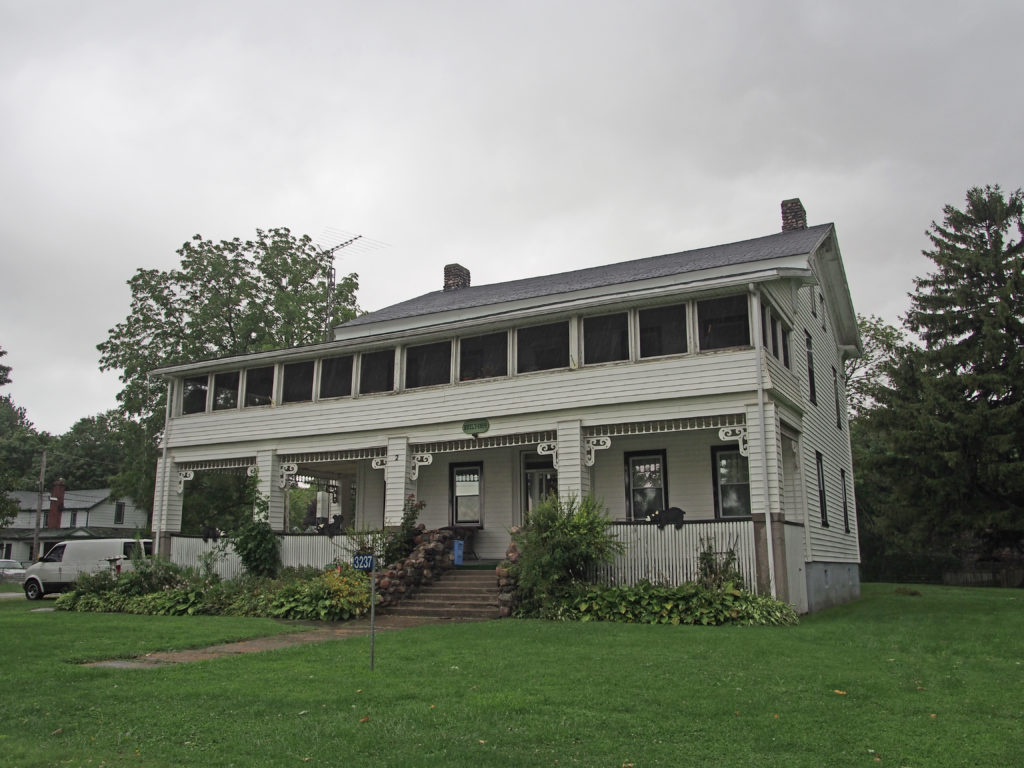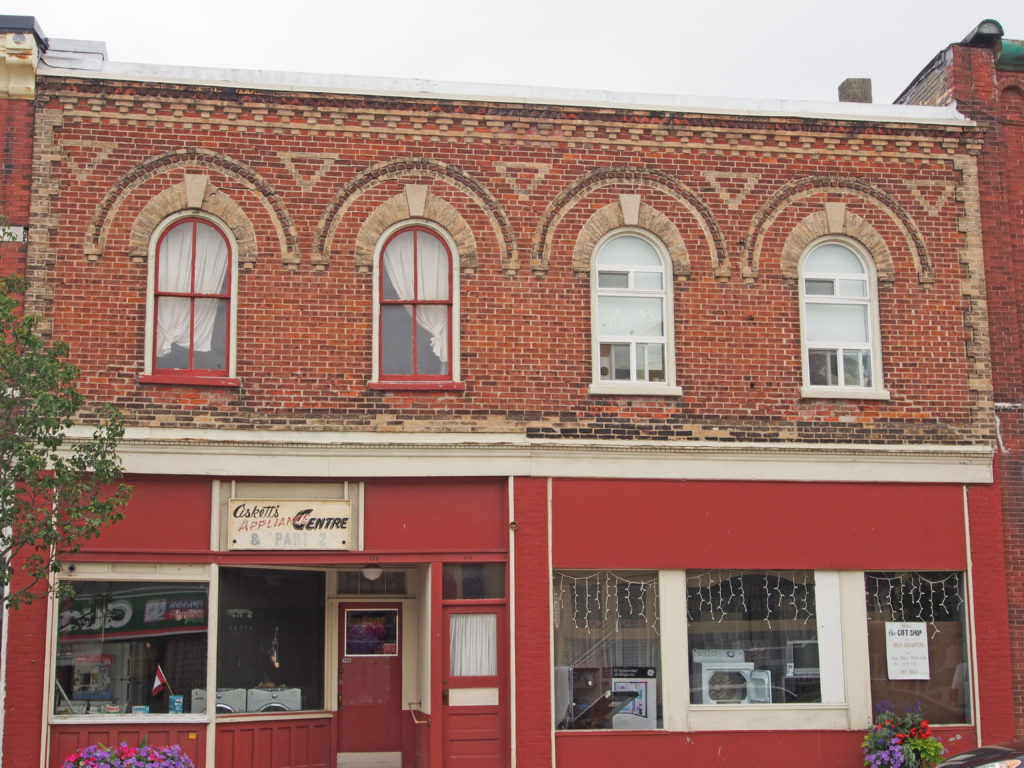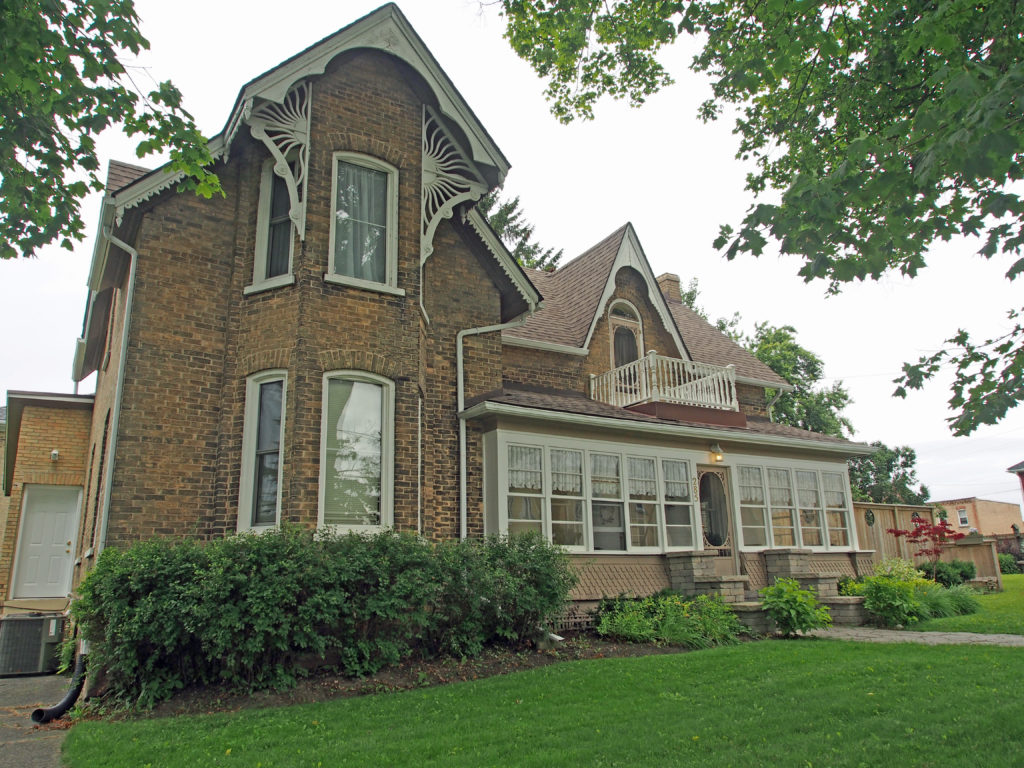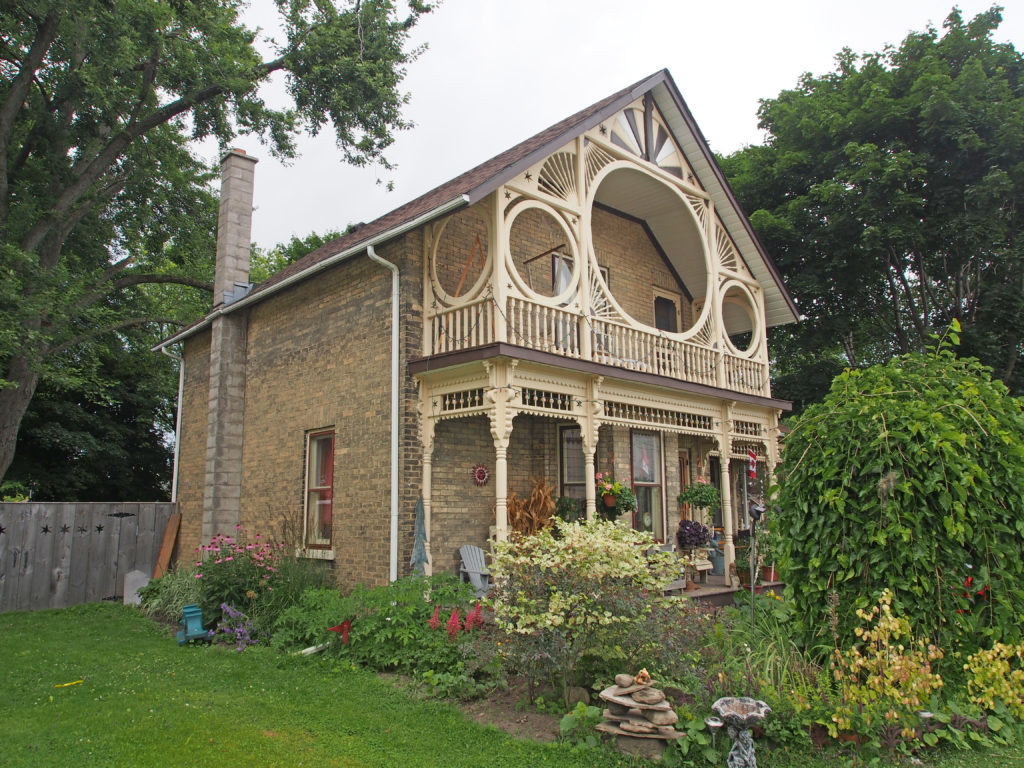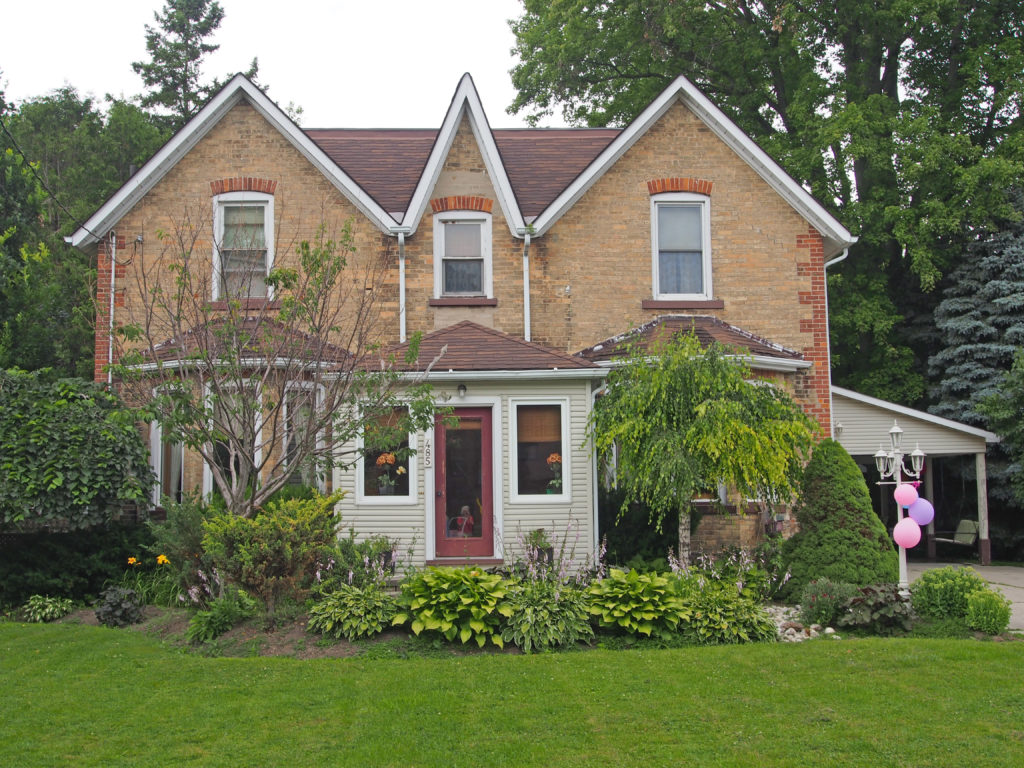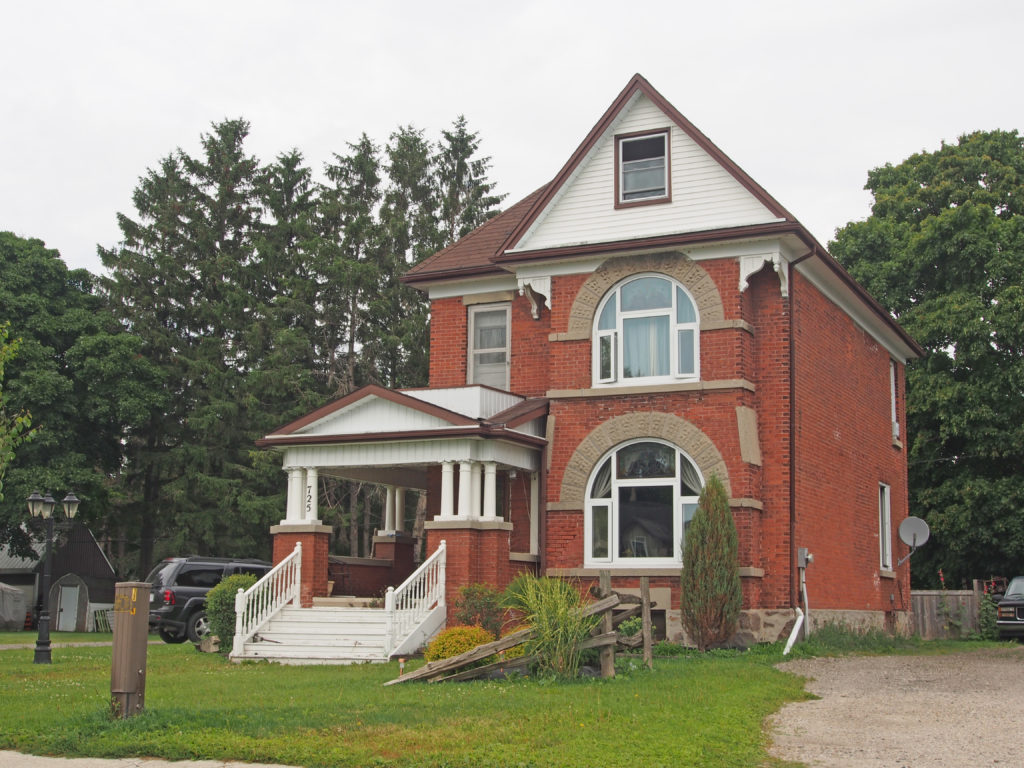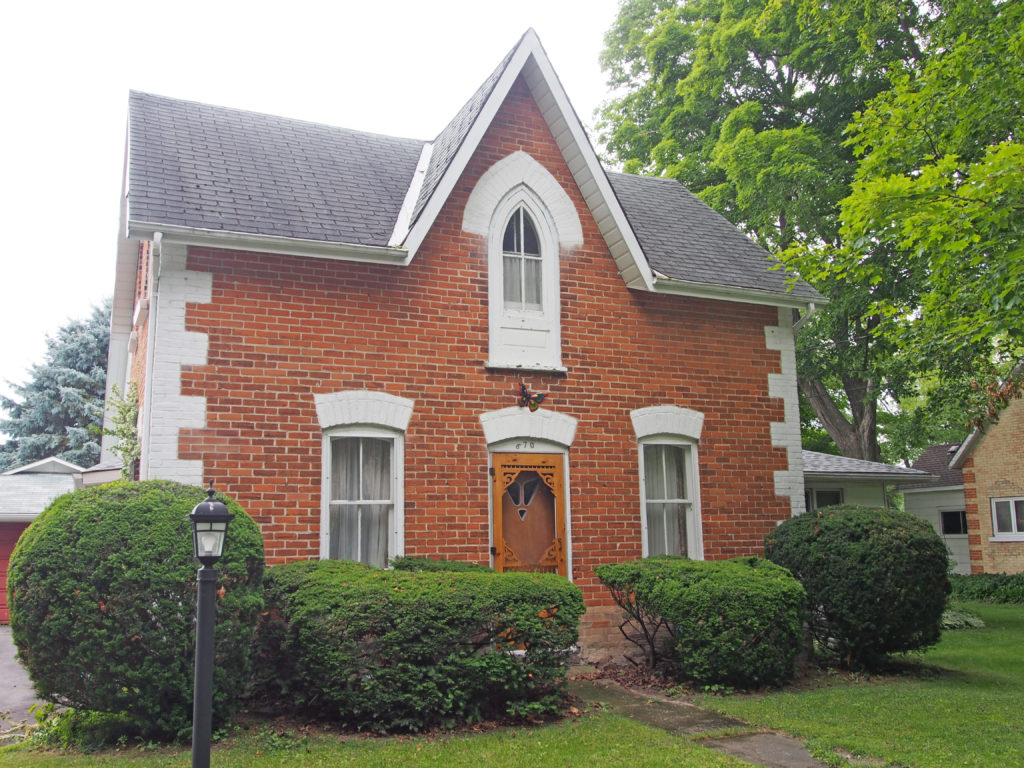Drayton, Ontario and area – My Top 6 Picks
Centre Wellington is a township in south-central Ontario. The primary communities in the township are Elora and Fergus. Some of the smaller communities are Alma, Salem, and Speedside.
Parker was a settlement in Ontario, located along the Elora-Saugeen road. Settlers moved to the area to begin new lives and to farm. To provide accommodation for travelers in horse-drawn vehicles, a hotel opened in 1850. In 1865, Thomas Burns opened a post office which brought a few neighboring businesses to the area. As travel became more modern, the need for overnight stay diminished and the town began to dwindle. It is still used for farming today but the hotel and post office have closed. The school house is still standing and is a private home, painted pink.
Conestogo Lake Conservation Area is in the heart of Mennonite country. It is on a y-shaped lake that stretches six kilometers up each arm. A unique feature of this area is the huge concrete flood control dam and reservoir surrounded by large tracts of forest, giving the appearance that the park is in northern Ontario. This is a multi-recreational use park for camping, power boating, sailing, water skiing, canoeing and fishing.
Glen Allan is located in Wellington County southeast of Conestogo Lake.
Yatton is located in Wellington County. The area was settled by people in the early 1820s, when Black Loyalists, African-Canadians and African-American immigrants arrived in the wilderness of the Queen’s Bush. Until the late 1840s the Queen’s Bush remained an unorganized territory. Three African-Canadian churches were constructed in the Queen’s Bush and one of them was in Yatton which Reverend Samuel H. Brown established on his farm.
Drayton is a community in Wellington County. The village is on the corner of Wellington Road 8 and Wellington Road 11, and is located northwest of Fergus and southwest of Arthur.
